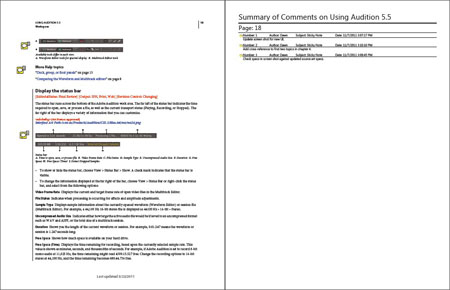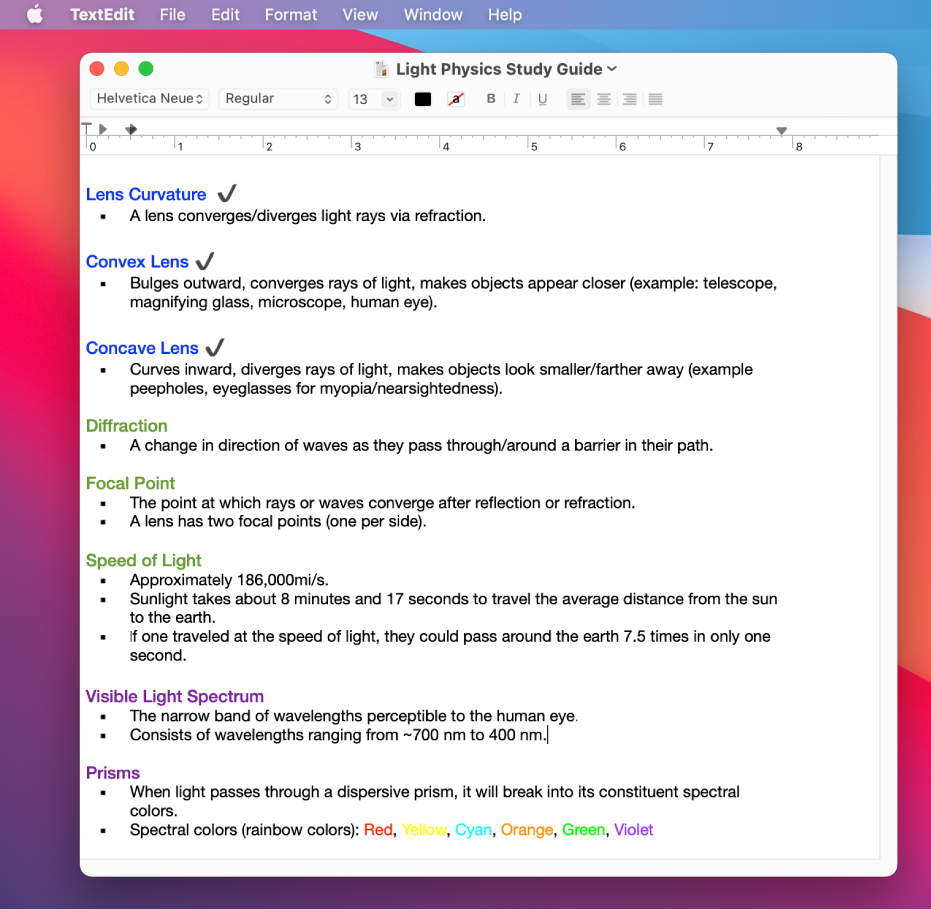

They are about how to display the effects of the tracking. (In my view, this menu item is mis-named. In Word 2007 and Word 2010, on the Review tab, click the bottom half of the big Track Changes split button and choose Change Tracking Options. To learn more about how Word displays tracked changes in Word 2002 and Word 2003, see How to use the Reviewing Toolbar in Microsoft Word 2002 and Word 2003. Here you choose how to display tracked changes when you are displaying tracked changes. Q: How do I control how Word displays tracked changes?ĭo Tools > Options. In Word 2000 and earlier, Tools > Track Changes > Highlight Changes.Final Showing Markup displays deletions in balloons.

Original Showing Markup displays insertions in balloons.If you are using balloons to display track changes (there's information about balloons, below), then: This will show you what changes have been made. In Word 20, on the Reviewing toolbar, choose Final with Markup or Original with Markup.But check the selected items on the Show Markup menu to be sure that Word is showing you the right things. Final: Show Markup or Original: Show Markup will show what changes you have made. In Word 2007 and Word 2010, on the Review tab, use the little menus in the Tracking group.There are several ways to do this, depending on what you need: How do I turn on the display of tracked changes? Q: I want to see the tracked changes in my document. So read on… How to display the tracked changes If you can't see "Track Changes" on the status bar, then right-click the status bar and click Track Changes.īut… turning Track Changes on or off doesn't affect whether you can see the tracked changes.

In Word 2007 and Word 2010, look for "Track Changes: On" or "Track Changes: Off". If it's dimmed, Word is not tracking changes. In Word 2003 and earlier versions: look for "TRK". Look at the Status Bar at the bottom of the screen. Q: How can I tell if Word is tracking changes in my document?
In Word 2000 and earlier versions: Tools > Track Changes > Highlight Changes. If TRK is black, Word is tracking changes. In Word 2003 and earlier versions: Double-click the TRK text in the status bar at the bottom of the screen. When the button is highlighted, Word is tracking changes. In Word 2007 and Word 2010: Review > Track Changes. If you can't see "Track Changes" on the status bar then right-click the status bar and click Track Changes. In Word 2007 and Word 2010: on the status bar, click "Track Changes: Off" to turn on track changes. To turn on Track Changes (that is, to tell Word to track each change you make in your document), do one of the following: Q: How do I tell Word to track the changes I make to my document? To remove the tracked changes from the document, you must accept or reject them Turning off (ie, hiding) the tracked changes doesn't remove them. And, at the same time, Word may, or may not, be displaying those tracked changes. At the same time, Word may, or may not, have stored changes you made to the document at some point in the past. Word may, or may not, be currently keeping track of the changes you make. Third, at this very moment in time, Word may be tracking the changes you make to your document. (The only way to remove the tracked changes from your document is to accept or reject them.) Second, if Word has stored information about changes you've made to your document, then you can choose to display those changes, or to hide them. Word then remembered the changes you made to your document, and stored the changes in your document. It did this because you turned on Track Changes. First, at some time in the past (last week, yesterday, one millisecond ago), Word might have kept track of the changes you made. To use Track Changes, you need to know that there are three entirely separate things that might be going on at any one time: Q: What do I need to know to use Track Changes? This is because some industries traditionally draw a vertical red line in the margin to show that some text has changed. Track Changes is also known as redline, or redlining. When Lee sends the document back to Bill, Bill can see what changes Lee had made. Lee can edit the document with Track Changes on. Let's say Bill creates a document and emails it to his colleague, Lee, for feedback. You can then choose to accept or reject those changes. Track Changes is a way for Microsoft Word to keep track of the changes you make to a document. Other issues with track changes What is track changes, and why would I want to use it? How to copy text containing tracked changes Working with more than one author or reviewer: Who did what? How to hide (but not delete) track changes What is track changes, and why would I want to use it?






 0 kommentar(er)
0 kommentar(er)
